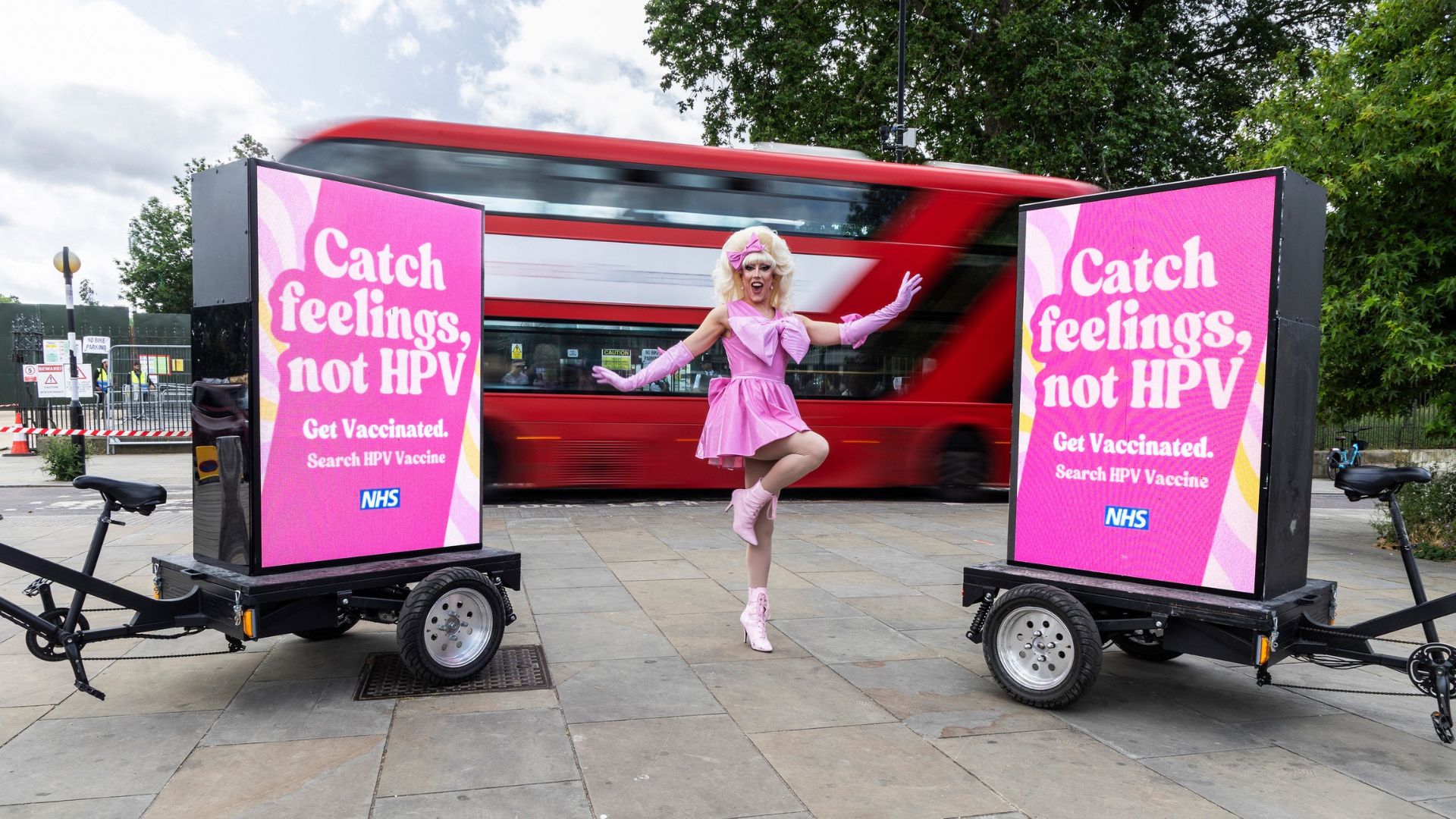Advertise Your Brand with Street Advertising and Creative Pavement Campaigns
Street advertising is one of the most effective ways to get your message in front of people as they go about their day. Whether you’re a small local business or planning a national campaign, street-level advertising helps your brand stay visible where it matters: in front of real people, in real places. In this guide, we’ll walk through everything you need to know to run a successful outdoor marketing campaign in the UK.
What We’ll Cover
-
What Is Street Advertising and Why Is It So Effective?
-
Can You Advertise on Pavements Legally?
-
What Makes an Outdoor Advertising Campaign Stand Out?
-
How Guerrilla Marketing Works on the UK’s Streets
-
Are Advertising Boards Still Worth It in the Digital Age?
-
Planning Permission: What You Need to Know
-
How Experiential Ads Win at Street Level
-
Poster Campaigns and Flyposting: Smart or Risky?
-
Using Street Art to Connect with Your Audience
-
Street Furniture: A Quiet Powerhouse for Brand Reach
 1. What Is Street Advertising and Why Is It So Effective?
1. What Is Street Advertising and Why Is It So Effective?
Street advertising is all about getting your brand seen in high-footfall, everyday environments: think high streets are prime locations for traditional advertising, urban areas, transport hubs and shopping malls. It could be a bold billboard, a branded pavement sign, a vibrant poster, or even a digital screen.
According to Outsmart, 98% of the UK population sees some form of out-of-home advertising every week. That’s a big reason why so many businesses, large and small, use it to reach their target audience and boost brand awareness.
2. Can You Advertise on Pavements Legally?
Good question. Because you absolutely can, but there are rules. Most outdoor ads, including pavement signs and a-boards, need permission from your local council.
The Town and Country Planning (Control of Advertisements) Regulations 2007 outline the legal requirements. You can find more guidance on the official UK Government site.
If your signage is going near retail locations, ensure it captures attention. Street furniture, public walkways or busy roads, always check in with your planning department first.
3. What Makes an Outdoor Advertising Campaign Stand Out?
The most effective campaigns are clear, creative, and well-placed in high-traffic areas. They grab attention without trying too hard and speak directly to the consumer. Engagement is crucial for successful marketing.. To make your campaign memorable:
- Use simple, bold signage
- Choose high-visibility locations with steady pedestrian traffic. footfall
- Keep your digital street advertising fresh and engaging. message short and punchy
Consistency across your advertising boards, posters and digital displays helps build trust with your audience over time.
4. How Guerrilla Marketing Works on the UK’s Streets
If you want something more daring, guerrilla marketing is your friend for strategic marketing campaigns. It’s creative, bold and doesn’t follow the traditional rulebook. Examples include chalk stencils on pavements, flash mob-style events, or clever ad takeovers of public spaces that utilise unconventional marketing strategies.
These tactics are great for grabbing attention and appealing to young people, especially in vibrant urban settings for pedestrian engagement.
5. Are Advertising Boards Still Worth It in the Digital Age?
Absolutely. Advertising boards might seem old-school, but they’re incredibly effective. They sit right at street level, where people walk, queue and shop.
They’re also affordable and flexible, making them perfect for strategic advertising. Many businesses are looking to showcase their brand through innovative billboard advertising. A product or service in a specific area.
6. Planning Permission: What You Need to Know
If you’re planning anything long-term or more permanent, like a billboard, you’ll likely need planning permission. This is especially true for digital or illuminated ads.
To avoid fines or takedown orders, check the Planning Portal before you print a single banner.
Working with an experienced advertiser or agency can save you time and stress here.
7. How Experiential Ads Win at Street Level
Experiential advertising turns passersby into participants. Think interactive pop-ups on a high street, product demos on the pavement or branded installations outside a major venue.
These ads do more than grab attention: they leave an impression, encourage sharing, and help build positive brand experiences with your target audience.
8. Poster Campaigns and Flyposting: Smart or Risky?
Poster campaigns are tried and tested. But flyposting, putting up posters without permission, can be risky. It’s illegal in many areas and can get your advertisement removed or result in a fine.
The safer (and smarter) route is to book space on licensed poster sites across the UK. It’s cleaner, legal and much better for your brand reputation.
9. Using Street Art to Connect with Your Audience
Street art isn’t just graffiti anymore. It’s become a respected medium that brands can use to connect with communities. Partnering with local artists can bring authenticity and creativity to your marketing campaigns.
This kind of approach is especially powerful for brands looking to connect with young people or stand out in busy city spaces.
10. Street Furniture: A Quiet Powerhouse for Brand Reach
Street furniture like bus stops, benches and phone boxes often gets overlooked, but that’s where the magic happens. These are areas where people pause, wait or relax. That means your advert has time to sink in.
This medium is cost-effective, especially if you want your marketing seen in transport zones or around shopping malls.
Quick Recap
- Street advertising puts your brand where people live, work and shop.
- You’ll often need planning permission, so always check first.
- Advertising boards, signage, and posters still perform strongly in the realm of digital street advertising.
- Be cautious with flyposting: stick to legal, booked sites.
- Think beyond the obvious. Experiential and guerrilla methods work wonders in the right setting.
- Don’t underestimate the power of street furniture as a low-cost, high-impact platform.

